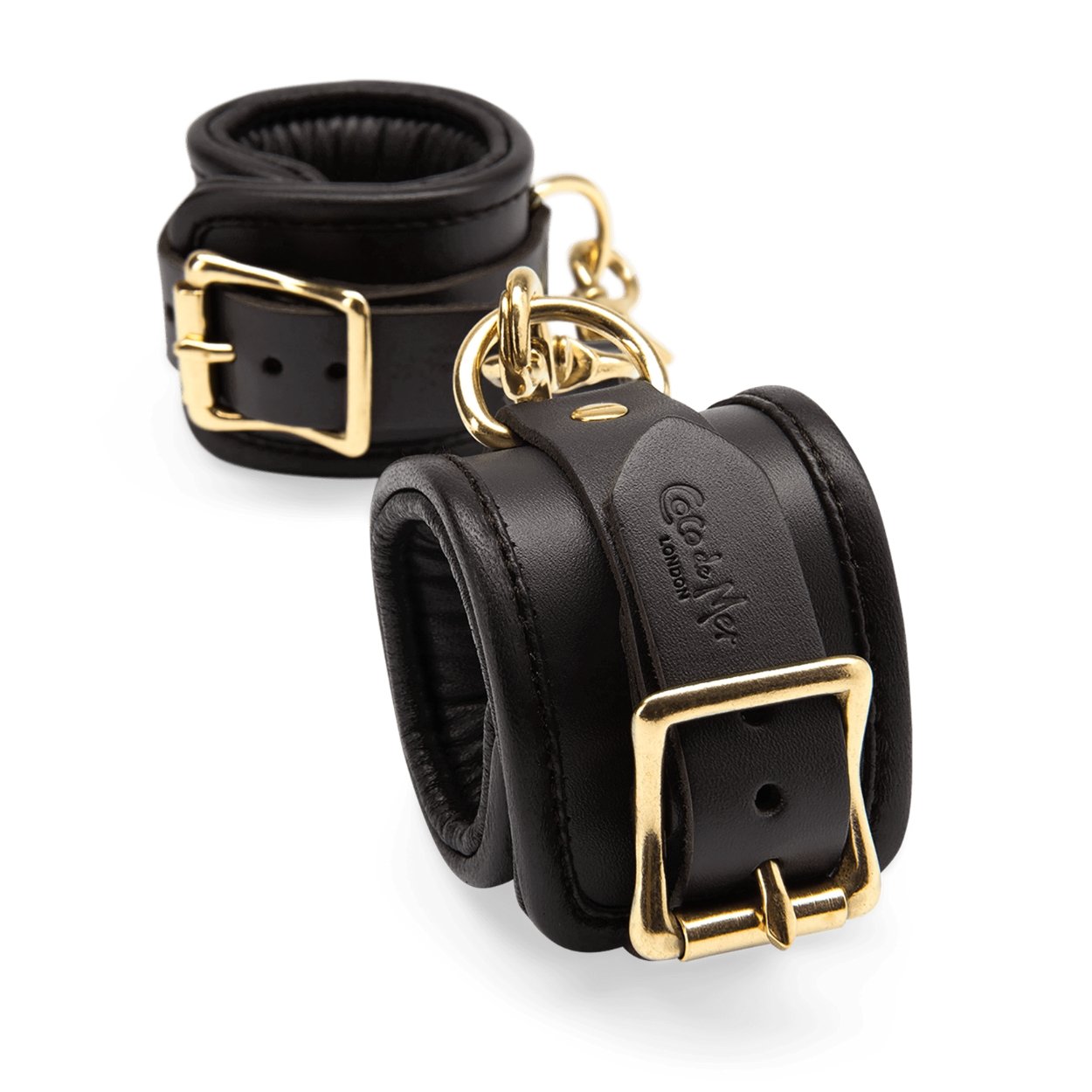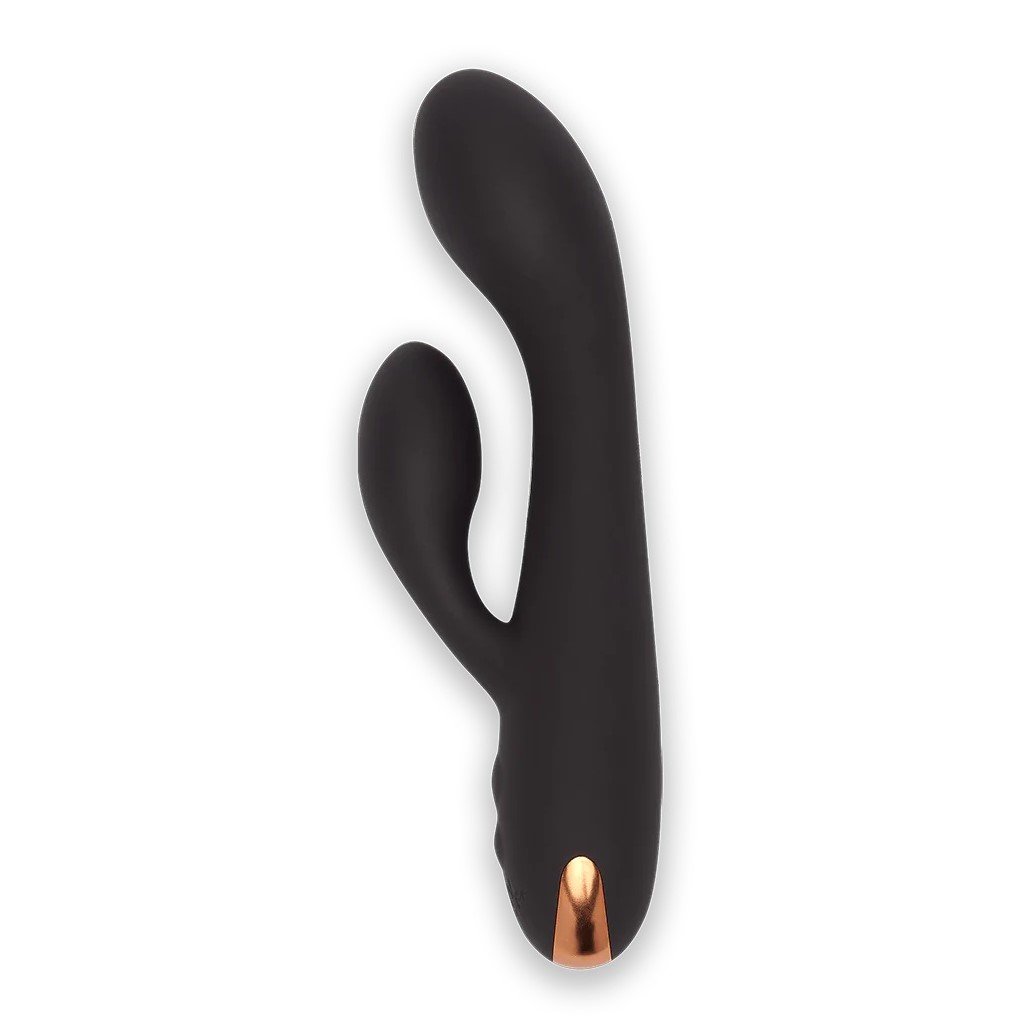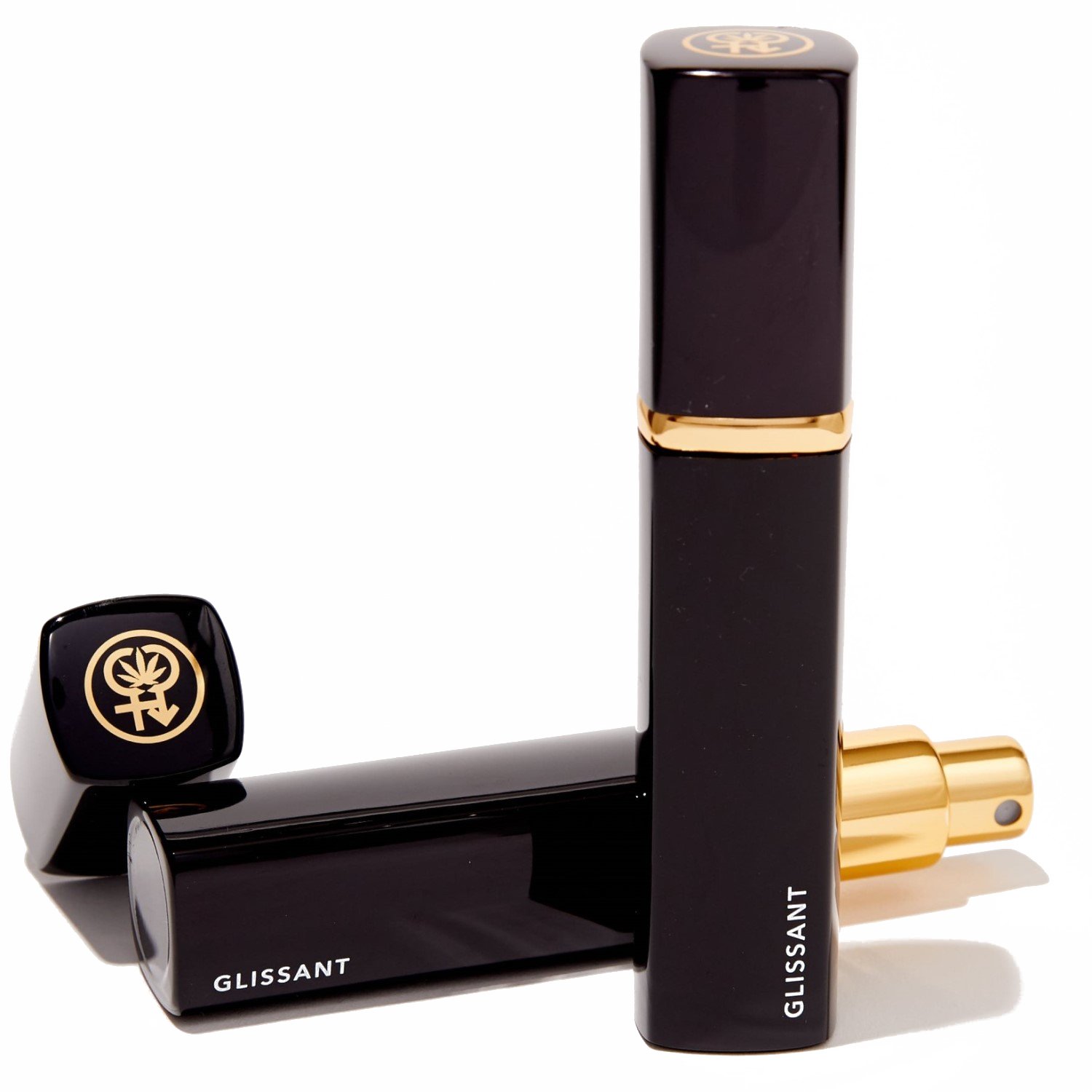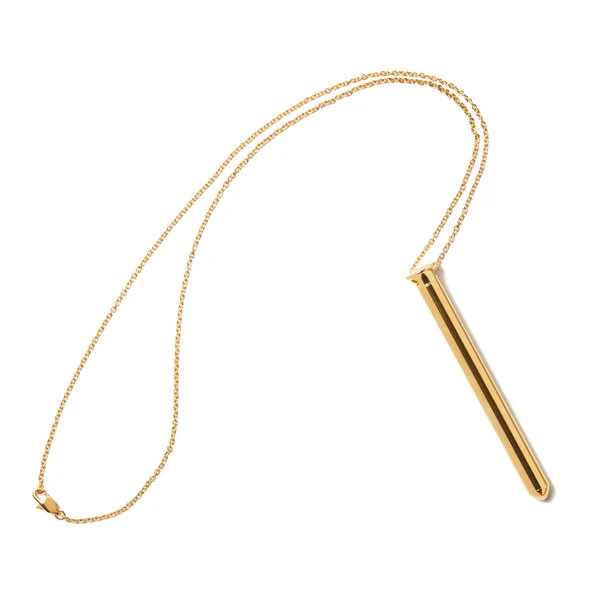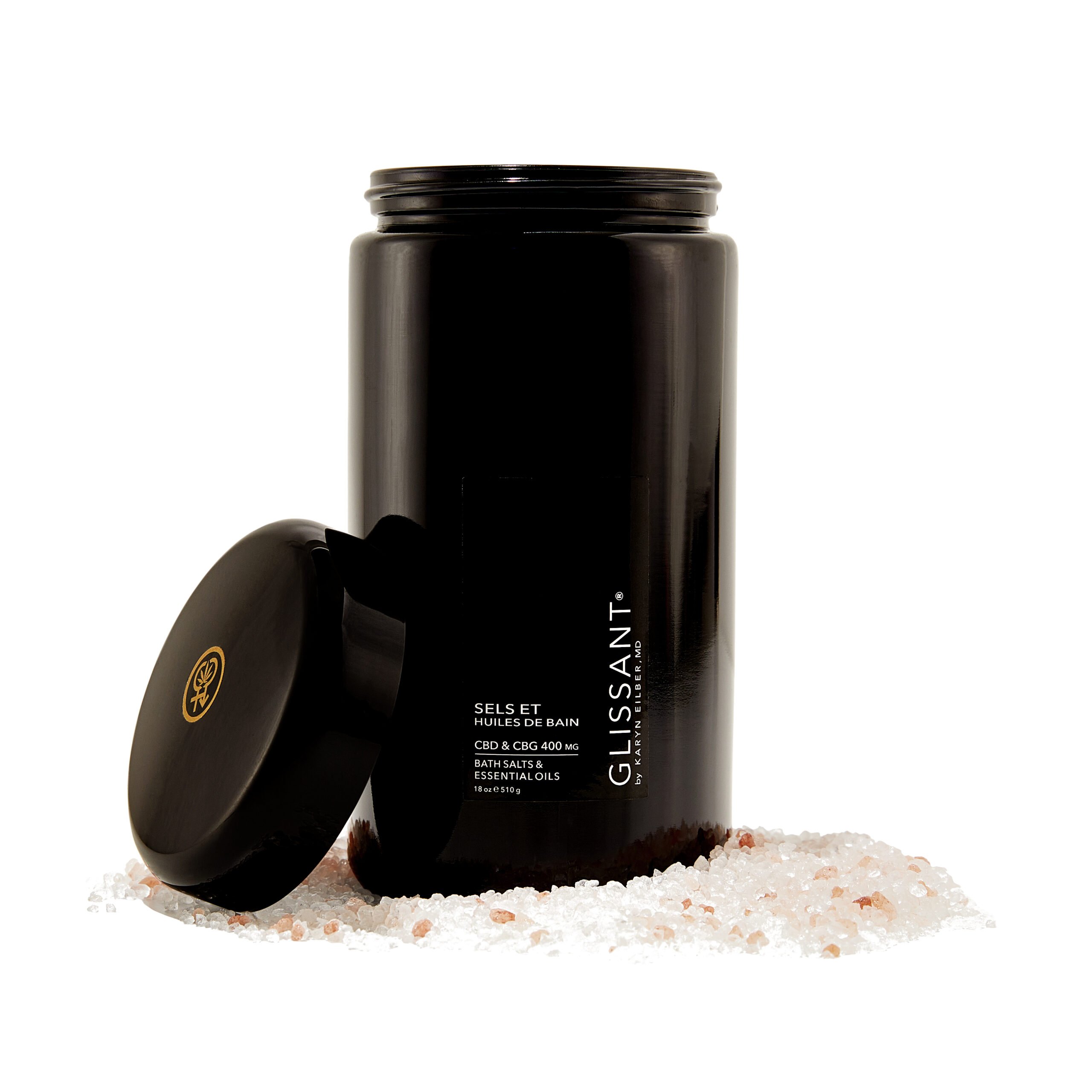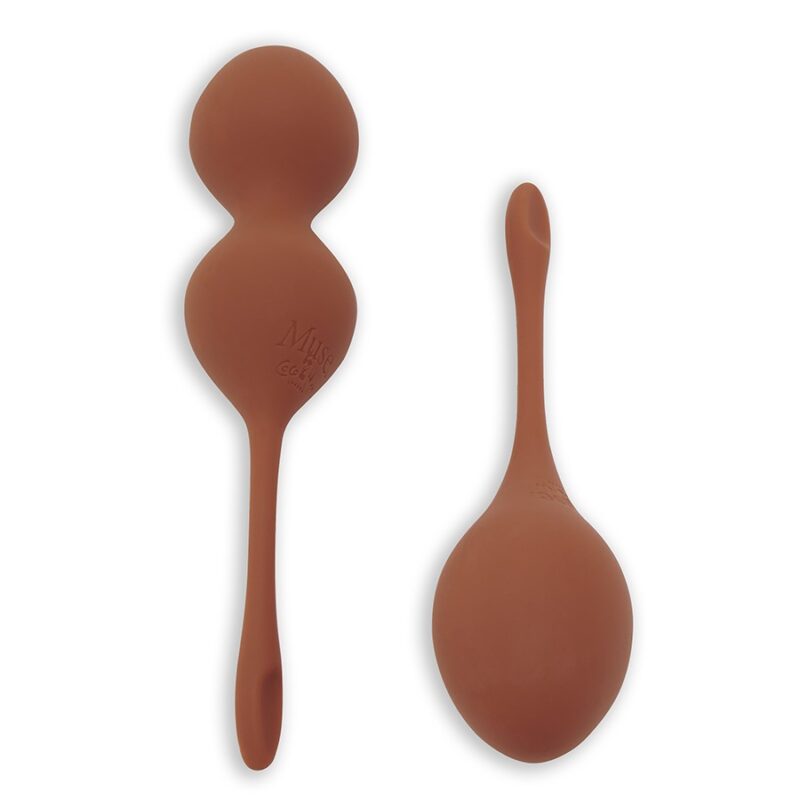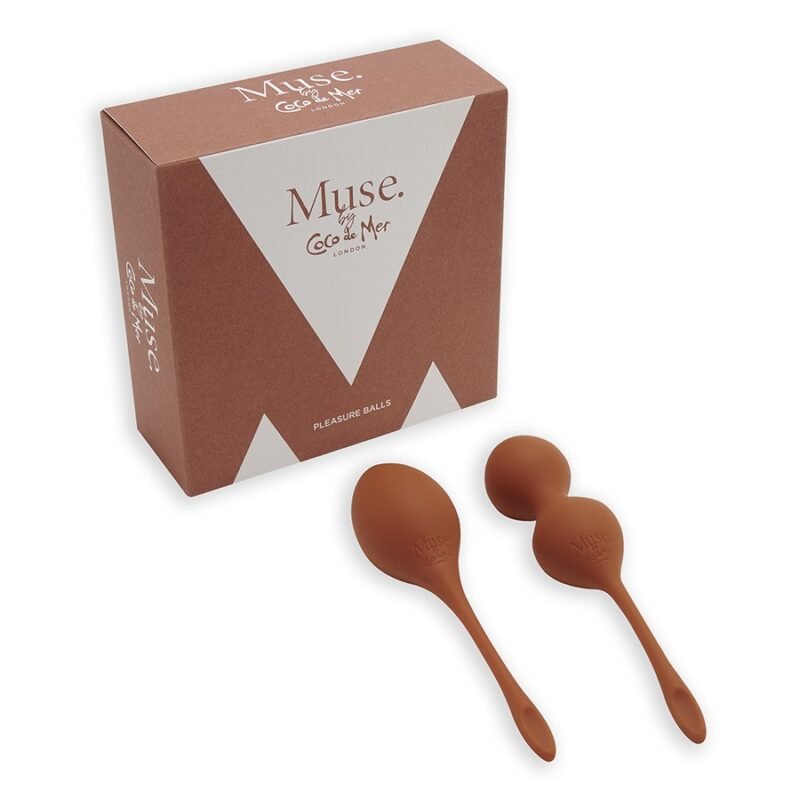By Carren Hughes (Pelvic Health Physiotherapist)
Disclaimer: Pelvic floor strengthening exercises, kegel balls, vaginal weights and neuromuscular stimulation in order to “tighten” the vagina, is not for everyone. In fact, some people may flare previous pelvic pain or create bigger problems if they overwork their pelvic floor muscles. Incontinence may worsen and sex could become painful or more painful. If you are in any way unsure or hesitant, do not do these exercises. Please consult a pelvic floor Physiotherapist to assess your pelvic floor muscles and functional strength.
Ever wondered what was behind an orgasm? If there was anything you could do to improve your orgasm or your partner’s?
The orgasm is fascinating to explore. Both the body and the brain go through incredible reactions and responses to sexual stimulation. The physical sensation is controlled by multiple different areas in the brain and nervous system resulting in the release of a slew of hormones and neurochemicals such as dopamine (pleasure, desire and motivation), serotonin (good mood and relaxation) and oxytocin (bonding). The resulting motor response brings on a similar occurrence in both female and male bodies. Differing only by ejaculation in male bodies.
In the female body the pelvic floor muscles in the vagina and the anus as well as the pelvic organs rhythmically contract approximately once per second around 5 – 8 times. In a male body, the pelvic floor muscles in the penis and anus would contract. This is not always accompanied by simultaneous ejaculation.
Pelvic floor exercises, commonly thought of as kegel exercises, aim to strengthen your pelvic floor muscles. Stronger pelvic floor muscles result in stronger muscle contractions during orgasm.
Pelvic floor exercises, commonly thought of as kegel exercises, aim to strengthen your pelvic floor muscles. Stronger pelvic floor muscles result in stronger muscle contractions during orgasm.
Not only do these muscles increase orgasmic delight, they are your first point of focus in addressing stress incontinence (when you dribble a little urine with a cough or a sneeze or a jump) as well as a support structure for the pelvic organs. The pelvic floor muscles work to stop a wee and hold a wind. They will need to relax in order for you to pass urine or fecal matter. Therefore it is vital that these muscles learn to relax between contractions. They should not ever be in a constantly contracted or activated state.
So lets learn to work that pelvic floor. First you need to know where these muscles are and what it feels like when you activate them. Then we can get onto more exciting things.
Try this lying down and then standing up. Remember to breathe in and out, don’t hold your breath or suck your stomach in. We don’t want to splint the abdominal muscles or the diaphragm. Ladies, imagine you’re a man for this one. Pretend you are stepping into a cold pool, now imagine you are a man and as the water hits your crotch draw your testicles out of the water (upwards and inwards towards your belly button). You will also feel like you’re holding in a wind as your posterior pelvic floor muscles will also contract (anus).
Hold the contraction for a breath in and out and release the contraction. Repeat this 10x and do this every time you are waiting for the kettle to boil or you are standing in line to pay for your groceries. Its always a good idea to start pelvic floor activation and exercises before you add vaginal weights or balls.
Adding Kegel balls or Ben Wa balls can increase the muscle work and challenge those pelvic floor muscles. These balls are similar to and have the same effect as vaginal weights. Here is a good guide to beginning your pelvic floor workout. Remember not to overdo it! Its just like starting a new workout at the gym, if you overdo it you end up with muscle soreness and poor activation/function. See disclaimer above.
Kegel Ball/ Vaginal weight use:
- Insertion depth – 3-4 cm (one finger deep)
- Start with the lowest weight ball, only progress weight as the exercises become easier
- Complete 3 sets of 8-10 contractions (contract and relax fully in one repetition)
- Remove the weights when you have completed your exercises, do not leave it inside.
- Wash the weight in warm soapy water and dry thoroughly
For the men out there, you wont be using vaginal weights. However, you can strengthen the muscles in your pelvic floor which may help with urinary or fecal incontinence; enhance sexual pleasure and give you greater control of ejaculation.
The pelvic floor muscles which will be activated during exercises include the following:
- The bulocavernosus muscle: The muscle you use to push blood into the penis to squeeze urine and semen out of the uretha and penis
- The pubococcygeus muscle: This helps you pee and poop and contracts during orgasm. It also supports your lower organs.
- The iliococcygeus muscle supports your organs and is involved in moving your anus back into place after you poop.
The Bulbocavernosus muscle is the main one involved when activating your pelvic floor muscles while doing exercises. You can find this muscle by stopping your urine stream while urinating
Take note! Stopping your urine flow is not when you should be exercising or training your pelvic floor muscles. This is only used as a test to find the muscles and learn how to contract them. Once you know where these muscles are you can continue with the 3 sets of 8-10 contractions once a day.
For all of us this takes time, effort and commitment. You won’t see overnight success. So stick with it and give it time.
A happy pelvic floor is one that functions optimally. Part of that functioning is great orgasms. If you are struggling with pelvic floor related complaints, get it seen to. Take care of yourself and your sex life!
